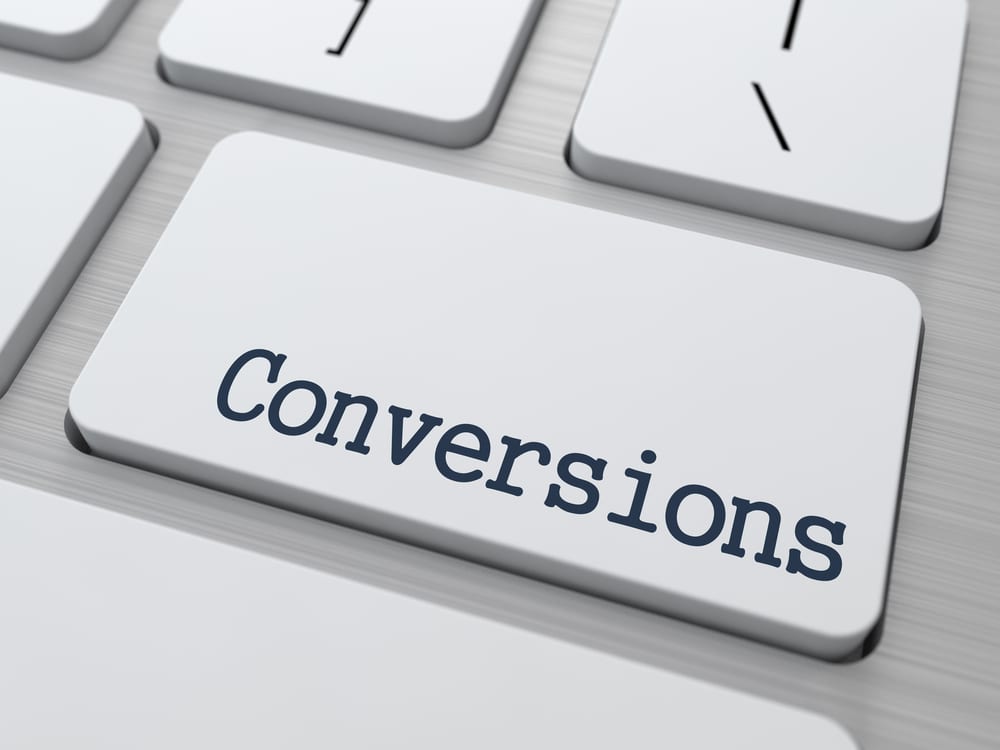It is good to focus on the larger picture in your eCommerce business. However,
Micro Conversion – Your Smart Website Conversion Technique
Checking the progress at the initial stage of business always yields better results. And micro conversion helps you to measure such progress and accomplish your other goals. They are complete conversions of secondary actions that are important to your visitors and are indicators of potential intent or intent to purchase. Each steps of micro conversion brings your visitors close to the final purchase.
Why to Focus on Micro Conversions?
If 50% of them did not buy, then what were they doing? Was their visit to your site a complete waste of time? So you need to understand and track what were they doing in your site. These are secondary conversions that help your business to know whether they were known customers or potential customers.
What are the Requirements of Secondary Conversion?
Micro conversion requires exhaustive researches, support requests and customer service. The key factors in micro conversion to look for…
The Initial Product Research Habits of Customers
The usual habits of customer research includes the following:-
- Looking at the image
- Reading reviews
- Looking on a product
- Looking at search results
- Comparing prices
- Further filter
- See customer rating
- Looking at the negative reviews
- Coming back a day later
- Looking at products again
- Asking friends and colleagues for their opinions
- Making a final decision
- Confirming order
Once you learn about these practices, it becomes easier for you to prepare your strategy and approach the customers at the initial stage to confirm conversion.
The Different Stages of Buying Cycle
When people come to your website they’re at different stages of buying decision process. The typical stages of buying cycle includes
- Research and accumulation of information
- Analysis
- Identification of problems
- Purchase
- Post purchase.
At this stage, especially when they encounter any problem, try to understand and find out different ways to solve their problems. Most importantly, analyze and evaluate solutions and compare them. The majority of them will be looking for benefits and values. So ensure that it is easy for them to compare and highlight the benefits and values.
On Page Distractions
Distractions can come in all shapes and sizes. The common distractions that customers usually encounter involves
- Too many call-to-action buttons
- Too many links, videos, offers
- Excessive information
- Background noise
- Complicated navigation.
Here you need to strictly stick to the philosophy ‘less is more’. Less distraction, less links, and less choices equals higher conversion rates, more leads and more money. However, you need to measure how much less is optimal for increasing your conversion rate.
Off Page Distractions
Not only do you have to focus on on-page distractions but also manage off-page distractions. These may come from various sources like dog barking at home, managing a cranky baby, or sudden arrival of guests. People can encounter endless distractions just at the moment when they’re about to convert. So it is important to take these factors into consideration and come up with solutions.
Try to identify their issues and use email to follow up with them. You must also use Social Medias to reach them and help the lead convert into sales.
It has been observed that 84% of 25 to 34 years olds have clicked on a site but got distracted due to irrelevant or intrusive ads. People often go offline to make their decisions. So you’d better be careful about how you design and display on site to deliver a great user experience.
Track the Downloaded Files
If you offer software demo for download, white papers in PDF file, the files which actually gets downloaded are micro-conversions that needs to be measured. This can be done either through event-tracking or virtual pageviews. Tracking these downloads are important as they indicate the interests from the potential future customers.
Observing Items Added to Cart/Wish List
Even if a visitor does not complete a transaction, adding items to a cart or wish list is a positive indication of the interest of the potential customers in buying products from your site. The rule of thumb is to calculate the percentages of those who use wish lists and come back to complete the transaction. Some visitors also create a new account to utilize wish list or cart which again indicates that they’re most likely to come back and purchase.
Tools to Track
Google Analytics helps to visualize the path users’ travel from one page to another of the website. You can determine the content that can keep the visitors engaged with your site. The tool also enables easy examination of the purchase path and investigation of the purchase process steps that produces maximum cart abandonment rate.
Similarly, Heat Click Map tracks the visitors’ behaviour while on a page. It shows where they’re clicking and where they aren’t, highlighting the areas of improvements and opportunities.
Any sign pointed by a customer should not be counted against your total goal conversion rate. Micro conversion is not a technique to replace macro conversion but a process to enrich visitor experience and provide supplemental support for decision-making.
Images: “Conversions Concept. Button on White Modern Computer Keyboard./Shutterstock.com“
______________________________________________________________________________
Tweak Your Biz is a thought leader global publication and online business community. Today, it is part of the Small Biz Trends stable of websites and receives over 300,000 unique views per month. Would you like to write for us?
An outstanding title can increase tweets, Facebook Likes, and visitor traffic by 50% or more. Generate great titles for your articles and blog posts with the Tweak Your Biz Title Generator.



